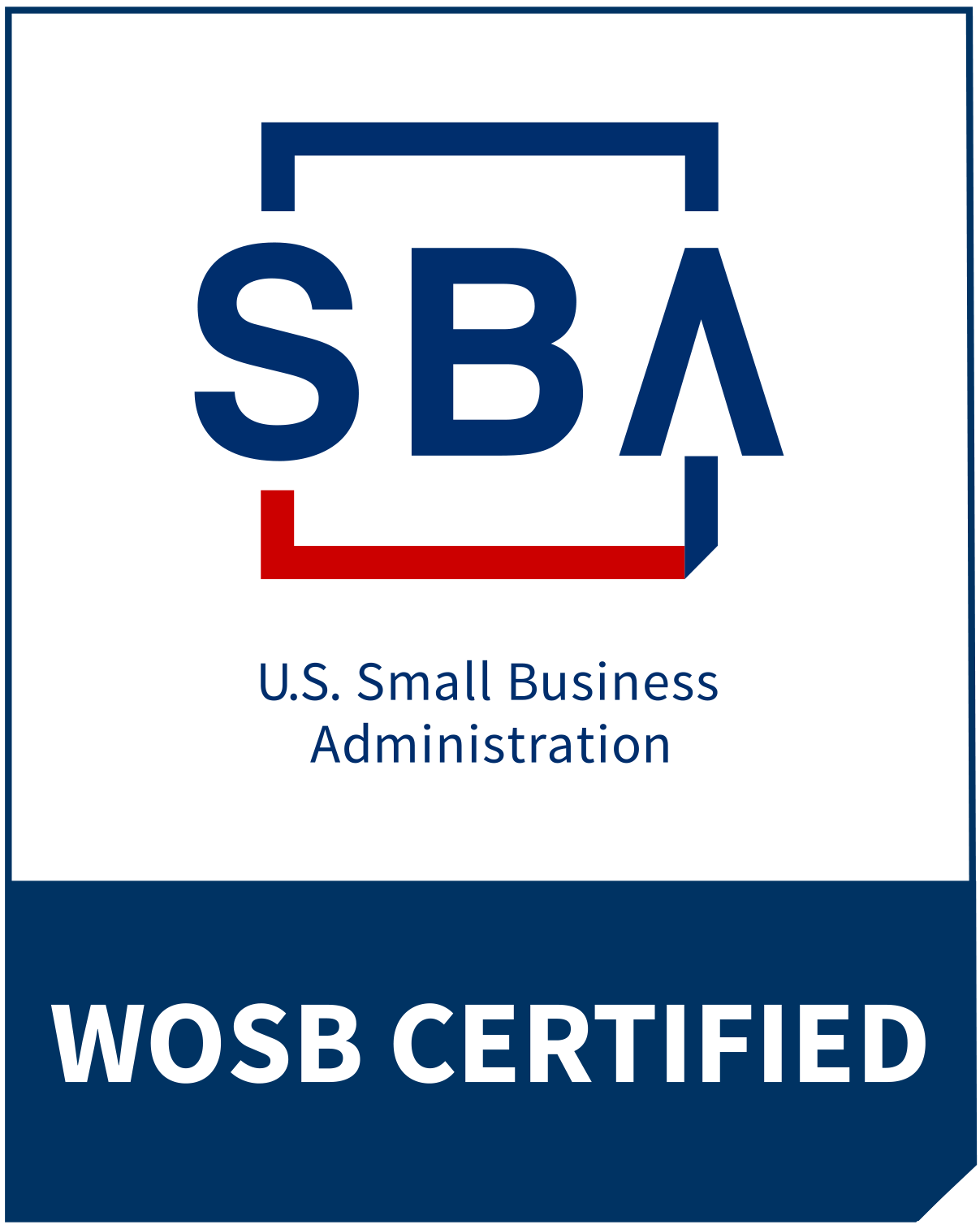Numbers That Talk: Understanding the 3 Main Financial Statements for Business Owners
Numbers That Talk: Understanding the 3 Main Financial Statements for Business Owners
Let’s Make Sense of the Numbers
If financial reports make your eyes glaze over faster than a spreadsheet in July, you’re not alone. But the truth is that your business’s financial statements aren’t just for tax season—they’re essential tools for everyday decision-making.
When you understand your Profit & Loss Statement, Balance Sheet, and Cash Flow Statement, you can spot opportunities, avoid pitfalls, and lead with clarity instead of guesswork.
Let’s break each one down—no jargon, no overwhelm.
1. The Profit & Loss Statement (P&L): Your Business Story in Motion
Think of the P&L (also called the Income Statement) as a running narrative of how your business earns and spends money over time.
What It Shows:
Revenue – All the income from your products or services.
Cost of Goods Sold (COGS) – Direct costs tied to producing what you sell.
Gross Profit – Revenue minus COGS.
Operating Expenses – Rent, salaries, software subscriptions, etc.
Net Profit – What’s left after all expenses (aka the bottom line).
Why It Matters:
It reveals if your business is profitable—and why or why not.
You can track growth, spot rising costs, or notice seasonal trends.
It helps with pricing decisions, budgeting, and forecasting.
Pro Tip:
Run your P&L monthly and year-to-date. Compare it to previous periods to spot changes that need your attention.
2. The Balance Sheet: Your Business Snapshot
While the P&L shows movement, the Balance Sheet is a still photo. It captures your business’s financial position at a specific point in time.
What It Includes:
Assets – What your business owns (cash, equipment, inventory, receivables).
Liabilities – What your business owes (loans, credit cards, unpaid bills).
Equity – What’s left over for you as the owner (also called net worth).
The formula is:
Assets = Liabilities + Equity
Why It Matters:
It shows how leveraged your business is—how much you own vs. owe.
Lenders and investors use it to assess your stability.
It helps you evaluate liquidity and financial health.
Pro Tip:
If your liabilities are creeping up faster than assets, it’s a red flag. Use your Balance Sheet to monitor long-term sustainability.
3. The Cash Flow Statement: The Reality Check
Ever wondered, “How can we be profitable but still tight on cash?” Enter the Cash Flow Statement.
This one tracks all the cash moving in and out of your business—regardless of when the income was earned or the expense was incurred.
It’s Divided Into Three Sections:
Operating Activities – Day-to-day cash from running your business.
Investing Activities – Buying or selling assets (like equipment).
Financing Activities – Loans, owner draws, investor funds, etc.
Why It Matters:
Shows whether your business is generating enough cash to sustain itself.
Highlights if you're overspending, over-investing, or overextending credit.
Cash is oxygen—this statement tells you how much you have and where it’s going.
Pro Tip:
Review cash flow at least monthly, especially in high-growth or seasonal periods. Cash flow problems sneak up quietly—don’t let them.
How These Statements Work Together
Each report has its lane, but together they offer a complete financial picture:
The P&L shows performance over time.
The Balance Sheet shows what you own and owe at any moment.
The Cash Flow Statement shows how liquid you are.
Together, they answer three big questions:
- Are we profitable? (P&L)
- Are we financially healthy? (Balance Sheet)
- Can we pay our bills? (Cash Flow)
Making It Work for You—Not Just Your Accountant
Understanding your numbers isn’t about becoming a bookkeeper. It’s about being a more confident, strategic CEO.
Here’s how to start using your statements intentionally:
Set a Monthly Finance Date: Grab your favorite drink, pull your reports, and review them like a team huddle with yourself.
Look for Patterns: Are expenses rising faster than revenue? Is cash flow dipping after big sales months?
Ask Better Questions: What can I adjust to improve margins? Should I pause investments or push ahead?
Don’t Just Read Your Statements—Use Them
Financial statements aren’t just boxes to check. They’re decision-making tools. They help you:
Decide when to hire or hold.
Choose whether to launch or delay a new offer.
Understand what’s actually driving your profitability.
They give you insight, not just information.
A Gentle Nudge
You don’t have to know everything—but you do need to know enough to lead your business well.
If you’ve been avoiding your numbers, consider this your invitation to lean in. Not with dread, but with curiosity.
You’ve built something real. These statements help you protect it, grow it, and enjoy it.
|
Want more grounded insights like this?
Follow me on LinkedIn for weekly tips or join my email list here to get early updates on my upcoming book and free tools to help you stop growing broke and start scaling smart.
Related Posts

Profitability Problems? Here’s How to Fix Them





